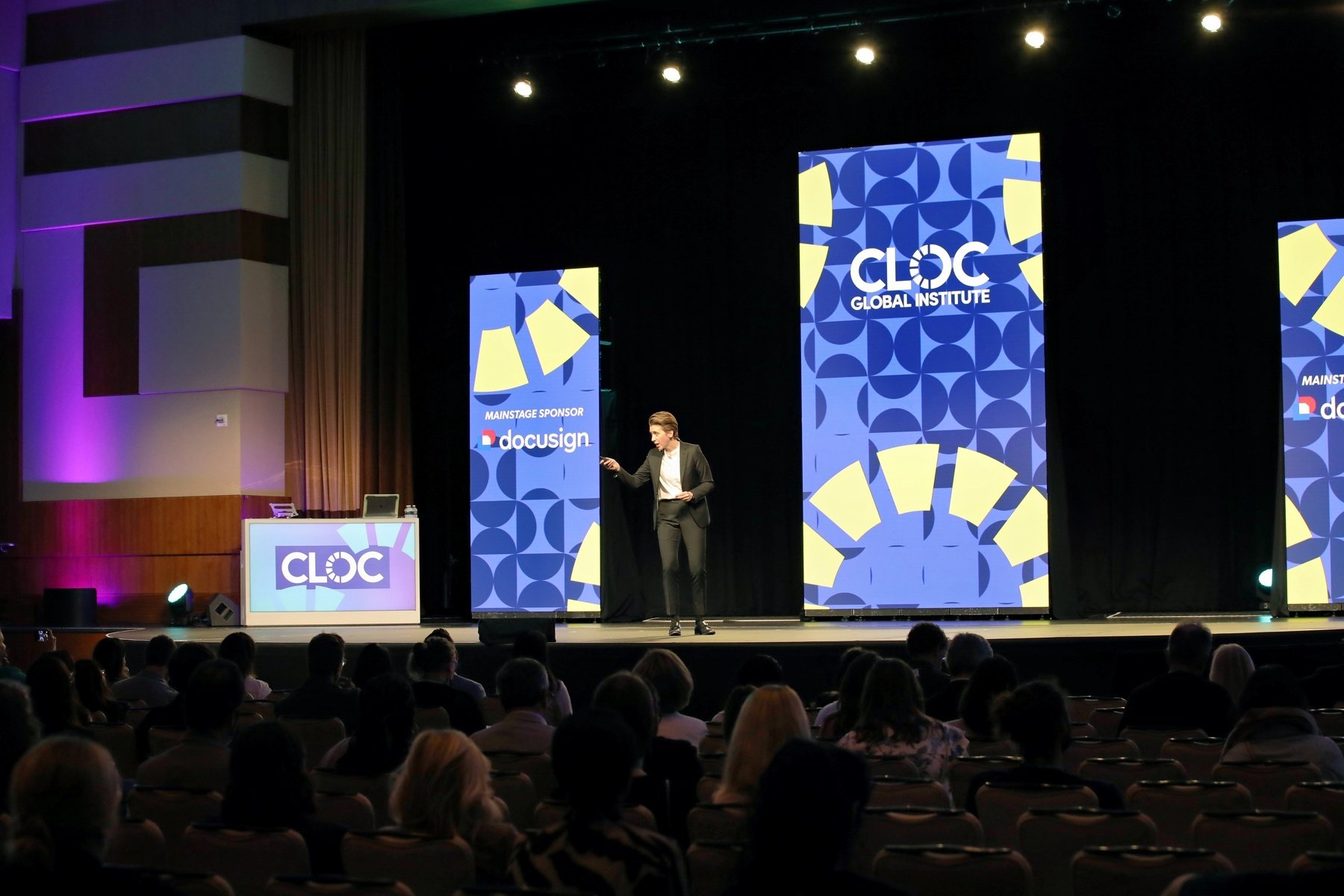
A Decade of Legal Ops Evolution
This year marked the 10th anniversary of the CLOC Global Institute (CGI), and the atmosphere was one of reflection and renewed purpose. Legal operations has transformed over the past decade from a support function to a strategic, cross-functional discipline. At CGI 2025, the conversations moved beyond broad futurism to practical implementation, with an emphasis on using existing tools intelligently and integrating innovations more surgically.
BoostDraft was proud to be part of the conversation in Las Vegas, connecting with forward-thinking legal ops professionals who are helping to shape the next phase of transformation.
Key Takeaways from CGI 2025
AI: Moving Beyond the Hype
AI remains the hottest topic in legal tech, but the tone has shifted. Legal ops professionals are asking better questions about what AI is for and how to deploy it. While interest is still strong, many teams are experiencing early signs of AI fatigue. This doesn’t reflect disinterest — it signals a transition into practical, skeptical experimentation. Legal departments are now evaluating generative AI, agentic models, and other advanced technologies not by their novelty, but by their impact.
Resource Allocation: Evolving Models for Scale
While the distribution of work between in-house teams (60%) and outside counsel (35%) has remained steady, 2025 marks a turning point in how legal tasks are resourced. Alternative legal service providers (ALSPs) are growing rapidly. Fractional resources are increasingly seen as viable solutions. AI and automation are beginning to shift these ratios in subtle but meaningful ways, especially for high-volume work like contract review.
Tech Stacks: The Age of the Add-On
Legal teams have their core platforms in place, from CLM to e-discovery — but the real growth is in modularity. No platform does everything well, so teams are building out their stacks with focused, specialized tools, especially in areas such as redlining, negotiation, and template generation. These add-ons are budgeted separately, often led by legal ops teams that want more control over the software selection process.
Roles: The Maturation of Legal Ops
Despite its now decade-old title, Legal Operations is still maturing as a distinct profession. At CGI 2025, attendees shared challenges around defining the function, managing expectations, and coordinating across departments. Legal, technology, knowledge management, and operations are all deeply intertwined, and successful teams are leaning into this complexity with cross-functional leadership and collaborative structures.
BoostDraft's Perspective: Built for the Legal Ops Reality
As legal teams grow ever more discerning, tools must earn their place in the tech stack. BoostDraft is purpose-built to fit into modern workflows: fast to adopt, simple to learn, and laser-focused on making redlining and contract drafting faster and more accurate. Our work with global customers has shown that focused tools can dramatically reduce review time and error rates while integrating seamlessly with existing systems.
Our conversations at CGI 2025 reinforced that legal ops professionals aren’t chasing shiny objects. They want tangible wins and reliable tools — and that’s exactly what we aim to deliver.
Looking Forward
As AI continues to evolve, and legal departments refine their resourcing and tech strategies, the role of legal ops will only continue to grow in influence. BoostDraft is committed to supporting that evolution — not just with better tools, but with the insight and responsiveness legal professionals need in a rapidly changing world.
We’d love to show you how. Reach out to schedule a demo, or follow us for ongoing updates from the front lines of legal innovation.


